Home>Gardening & Outdoor>Landscaping Ideas>How Much Dirt In A Raised Garden Bed
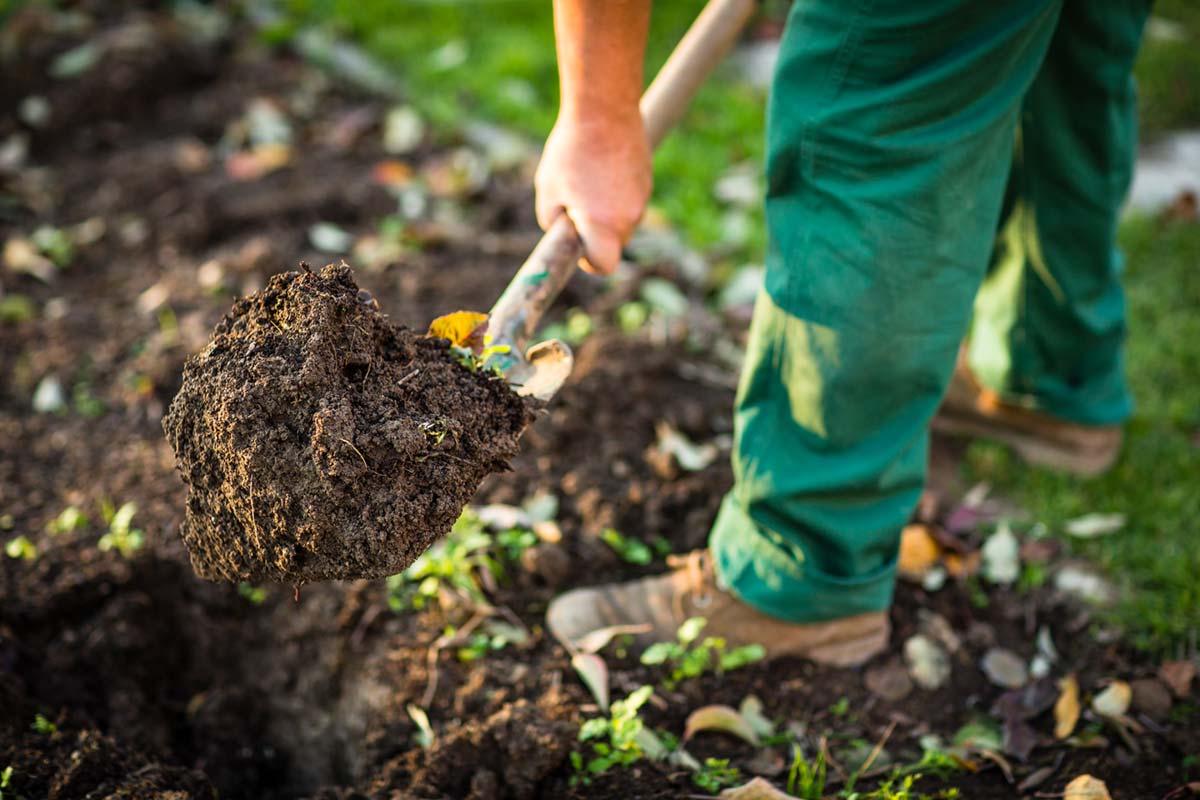

Landscaping Ideas
How Much Dirt In A Raised Garden Bed
Modified: February 18, 2024
Discover the ideal amount of dirt needed for your raised garden bed with our expert landscaping ideas. Maximize your gardening potential with our helpful tips and advice.
(Many of the links in this article redirect to a specific reviewed product. Your purchase of these products through affiliate links helps to generate commission for Storables.com, at no extra cost. Learn more)
Introduction
Raised garden beds are a fantastic way to elevate your gardening experience and enhance the beauty of your outdoor space. Whether you're a seasoned gardener or just starting out, raised garden beds offer numerous benefits and provide a versatile platform for cultivating a wide variety of plants, flowers, and vegetables.
By elevating the soil level, raised garden beds offer improved drainage, better soil quality, and enhanced accessibility for planting, weeding, and harvesting. These elevated beds also provide a barrier against pests and can extend the growing season by allowing the soil to warm up more quickly in the spring.
In addition to their practical advantages, raised garden beds can add aesthetic appeal to your landscape, creating a structured and organized look. They can be customized to fit any space, making them an ideal option for urban gardens, small yards, or even balconies.
Whether you're interested in growing vibrant flowers, fresh herbs, or a bountiful vegetable garden, raised beds provide a versatile and efficient solution for cultivating a thriving garden. In the following sections, we will explore the various benefits of raised garden beds, learn how to determine the volume of a raised garden bed, calculate the amount of dirt needed, and discover essential tips for filling and maintaining a raised garden bed. Let's dive in and uncover the secrets to creating a flourishing garden oasis with raised beds.
Key Takeaways:
- Raised garden beds offer improved soil quality, drainage, and accessibility. They provide a versatile and organized gardening solution for growing a variety of plants, making gardening easier and more enjoyable.
- Calculating the volume and amount of soil needed for a raised garden bed is crucial for successful gardening. By following simple measurements and tips, gardeners can create a thriving and beautiful garden space.
Read more: Why A Raised Garden Bed
Benefits of Raised Garden Beds
Raised garden beds offer a multitude of advantages that make them a popular choice for gardeners of all levels. Here are some key benefits of utilizing raised garden beds:
-
Improved Soil Quality: By using raised garden beds, you have greater control over the soil composition. This allows you to customize the soil to suit the specific needs of the plants you intend to grow. You can easily amend the soil with organic matter, compost, and other nutrients to create an optimal growing environment.
-
Enhanced Drainage: Raised garden beds provide superior drainage compared to traditional in-ground gardens. The elevated design ensures that excess water can easily drain away, preventing waterlogged soil and reducing the risk of root rot in plants.
-
Weed and Pest Control: The raised structure of garden beds acts as a barrier against invasive weeds, minimizing the effort required for ongoing maintenance. Additionally, the contained environment makes it easier to implement pest control measures, protecting your plants from unwanted intruders.
-
Extended Growing Season: Raised garden beds can be constructed with materials that retain heat, allowing the soil to warm up more quickly in the spring. This extended warmth can help to jumpstart the growing season, enabling you to plant earlier and potentially harvest later into the fall.
-
Accessibility and Ergonomics: The elevated nature of raised garden beds reduces the need for bending and stooping, making gardening tasks more accessible and comfortable. This is particularly beneficial for individuals with mobility issues or back problems, allowing them to enjoy gardening without undue strain.
-
Aesthetic Appeal: Raised garden beds can add visual interest to your outdoor space, creating a structured and organized look. They can be designed to complement the overall aesthetic of your landscape, adding a touch of elegance and charm to your garden.
-
Versatility and Space Optimization: These beds can be tailored to fit any space, making them an ideal solution for small yards, urban gardens, or even balconies. Their customizable nature allows you to maximize your available gardening space and create a productive and visually appealing garden oasis.
Incorporating raised garden beds into your gardening repertoire can significantly enhance the overall health and productivity of your plants while providing a range of practical and aesthetic benefits. Whether you're a seasoned gardener or a novice enthusiast, the advantages of raised garden beds make them a valuable addition to any outdoor space.
Determining the Volume of a Raised Garden Bed
Before embarking on the journey of filling a raised garden bed with soil, it's crucial to determine the volume of the bed. This step is essential for calculating the amount of soil needed and ensuring that the bed is adequately filled to create an optimal growing environment for your plants.
To calculate the volume of a raised garden bed, you will need to measure the length, width, and height of the bed. These measurements will allow you to determine the total cubic footage of the bed, which is essential for accurately estimating the quantity of soil required.
Start by measuring the length and width of the raised garden bed using a tape measure. Record these dimensions in feet, as this will be crucial for calculating the area of the bed. Once you have the length and width, multiply these two values together to obtain the total square footage of the bed's base.
Next, measure the height of the raised garden bed. This measurement will provide the depth of the soil required to fill the bed adequately. Record the height in feet, as this will be essential for calculating the volume of soil needed.
With the length, width, and height of the raised garden bed recorded, you can now calculate the volume of the bed in cubic feet. To do this, multiply the total square footage of the bed's base by the height of the bed. The resulting value will represent the total cubic footage of soil required to fill the raised garden bed to the desired depth.
For example, if the raised garden bed measures 4 feet in length and 3 feet in width, with a height of 1.5 feet, the calculation would be as follows:
4 feet (length) x 3 feet (width) = 12 square feet
12 square feet (base area) x 1.5 feet (height) = 18 cubic feet
In this scenario, 18 cubic feet of soil would be needed to fill the raised garden bed to the desired depth. By accurately determining the volume of the bed, you can ensure that you procure the appropriate amount of soil, avoiding the inconvenience of running out of soil mid-filling or having an excess amount leftover.
By following these steps to determine the volume of a raised garden bed, you can effectively plan and prepare for the soil-filling process, setting the stage for a successful and thriving garden bed.
When filling a raised garden bed, calculate the volume by multiplying the length, width, and height. Use a mix of topsoil, compost, and other organic matter for optimal plant growth.
Calculating the Amount of Dirt Needed
Once the volume of the raised garden bed has been determined, the next crucial step is to calculate the amount of dirt needed to fill the bed to the desired depth. This calculation is essential for ensuring that you acquire the appropriate quantity of soil, avoiding the inconvenience of shortages or excess material.
To calculate the amount of dirt required, it's important to consider the density of the soil. Different types of soil have varying densities, which can impact the volume-to-weight ratio. Generally, topsoil weighs approximately 1,600 to 2,000 pounds per cubic yard, while compost and other soil amendments may have different weight characteristics. Understanding the density of the soil you plan to use is essential for accurate calculations.
To begin the calculation, multiply the total cubic footage of the raised garden bed by the desired depth of the soil. This will provide the total cubic feet of soil needed to fill the bed adequately. For example, if the raised garden bed measures 4 feet in length, 3 feet in width, and requires a depth of 1.5 feet, the calculation would be as follows:
12 cubic feet (total volume) x 1.5 feet (desired depth) = 18 cubic feet of soil needed
Once the total cubic footage of soil required has been determined, it's important to convert this value into the appropriate unit of measurement for purchasing soil. Many suppliers sell soil by the cubic yard, making it necessary to convert cubic feet to cubic yards. Since 1 cubic yard is equivalent to 27 cubic feet, divide the total cubic footage of soil needed by 27 to obtain the quantity in cubic yards. In the example above, 18 cubic feet of soil would be equivalent to approximately 0.67 cubic yards (18 ÷ 27 = 0.67).
By accurately calculating the amount of dirt needed, you can effectively plan your soil procurement, ensuring that you acquire the correct quantity for filling the raised garden bed. This approach minimizes the risk of excess soil or insufficient amounts, streamlining the soil-filling process and setting the stage for a successful gardening endeavor.
Understanding the intricacies of calculating the amount of dirt needed for a raised garden bed empowers gardeners to make informed decisions when sourcing soil, ultimately contributing to the creation of a thriving and flourishing garden space.
Tips for Filling a Raised Garden Bed
When it comes to filling a raised garden bed, there are several tips and techniques that can optimize the process and contribute to the long-term success of your garden. Here are some valuable tips to consider:
-
Layering Approach: To promote healthy plant growth and efficient drainage, consider using a layering approach when filling the raised garden bed. Start by placing a layer of coarse gravel or small rocks at the bottom of the bed. This layer will facilitate drainage and prevent waterlogging, particularly in areas with heavy rainfall.
-
Quality Soil Mix: Invest in a high-quality soil mix that is well-suited for the types of plants you intend to grow. A balanced blend of topsoil, compost, and organic matter can provide essential nutrients and create an optimal growing environment. Avoid using dense or clay-heavy soil, as it can impede root development and water circulation.
-
Weed Barrier: Prior to adding the soil mix, consider laying a weed barrier fabric at the base of the raised garden bed. This barrier can help suppress weed growth and prevent invasive roots from encroaching on the planting area, reducing the need for ongoing weed management.
-
Compost Enrichment: Incorporating compost into the soil mix can significantly enhance the fertility and structure of the growing medium. Compost adds valuable organic matter, improves moisture retention, and fosters a healthy microbial environment, promoting robust plant growth and vitality.
-
Even Distribution: When adding the soil mix to the raised garden bed, ensure that it is evenly distributed and leveled across the entire surface. Use a garden rake or hand trowel to achieve a uniform layer of soil, creating a smooth and consistent foundation for planting.
-
Mulching: After planting, consider applying a layer of organic mulch to the surface of the soil. Mulch helps conserve moisture, suppresses weed growth, and moderates soil temperature, creating a favorable environment for plant roots.
-
Watering Strategy: Once the raised garden bed is filled and planted, establish a consistent watering schedule to ensure that the soil remains adequately moist. Monitor the moisture levels regularly, particularly during hot and dry periods, to support healthy plant growth.
By implementing these tips for filling a raised garden bed, you can create an optimal growing environment for your plants while minimizing potential challenges such as drainage issues, weed infestations, and nutrient deficiencies. With careful planning and attention to detail, your raised garden bed can flourish and yield a bountiful harvest, bringing joy and beauty to your outdoor space.
Read more: What Is A Raised Garden Bed
Conclusion
In conclusion, raised garden beds offer a myriad of benefits and serve as a versatile and efficient solution for cultivating thriving gardens. From improved soil quality and enhanced drainage to extended growing seasons and ergonomic advantages, these elevated beds provide a wealth of opportunities for gardeners to create vibrant and productive outdoor spaces.
By understanding the process of determining the volume of a raised garden bed and calculating the amount of soil needed, gardeners can effectively plan and prepare for the soil-filling process, setting the stage for a successful gardening endeavor. The careful consideration of soil density, layering techniques, and the incorporation of compost and mulch can contribute to the long-term health and productivity of the garden bed.
Furthermore, the aesthetic appeal and space optimization offered by raised garden beds make them an attractive option for gardeners with limited outdoor space, allowing for the creation of beautiful and organized garden landscapes in various settings.
As gardeners embrace the art of raised bed gardening, they embark on a journey of creativity, sustainability, and the joy of nurturing plant life. Whether cultivating colorful flowers, fresh herbs, or a bounty of vegetables, raised garden beds provide a canvas for expression and a platform for connecting with nature.
In essence, the utilization of raised garden beds transcends the act of gardening; it embodies a harmonious relationship between individuals and the natural world, fostering a sense of stewardship and appreciation for the beauty and abundance that the earth provides.
With the knowledge and insights gained from this exploration of raised garden beds, gardeners are empowered to embark on their gardening endeavors with confidence, equipped with the tools and understanding to create flourishing and enchanting garden spaces that bring joy, sustenance, and beauty to their lives.
Frequently Asked Questions about How Much Dirt In A Raised Garden Bed
Was this page helpful?
At Storables.com, we guarantee accurate and reliable information. Our content, validated by Expert Board Contributors, is crafted following stringent Editorial Policies. We're committed to providing you with well-researched, expert-backed insights for all your informational needs.
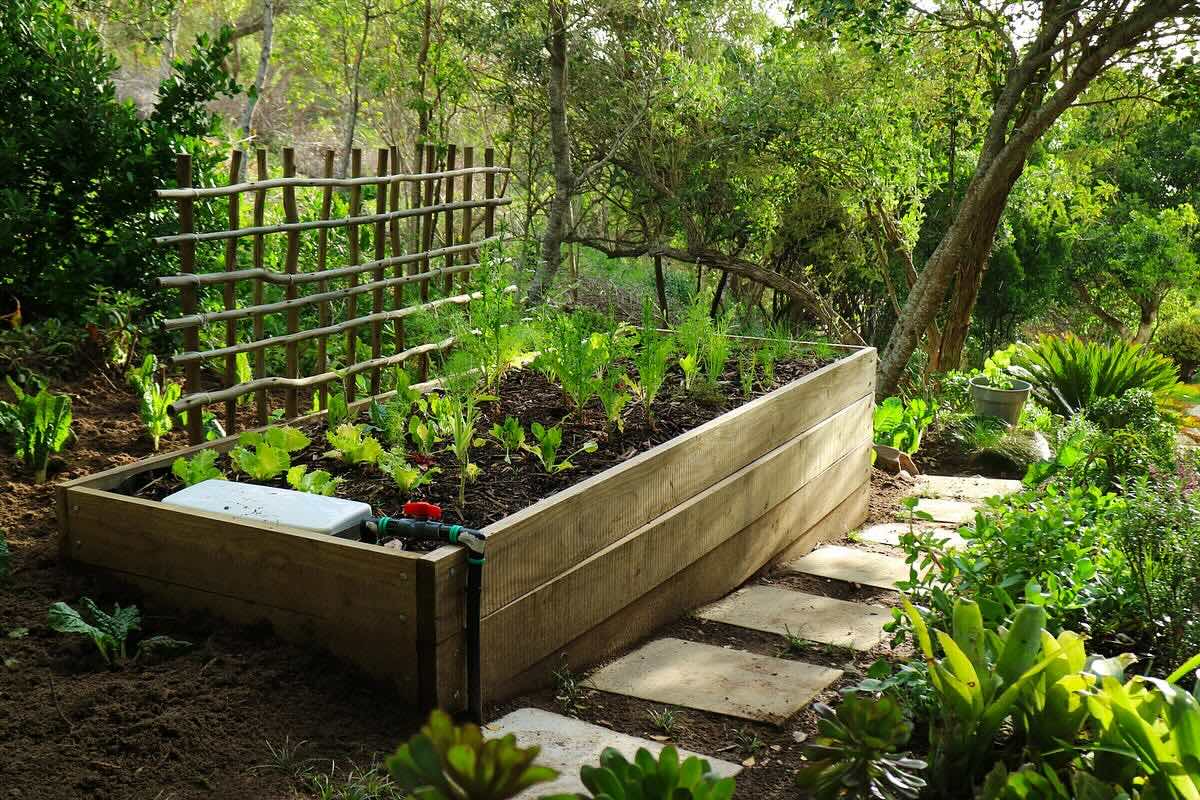


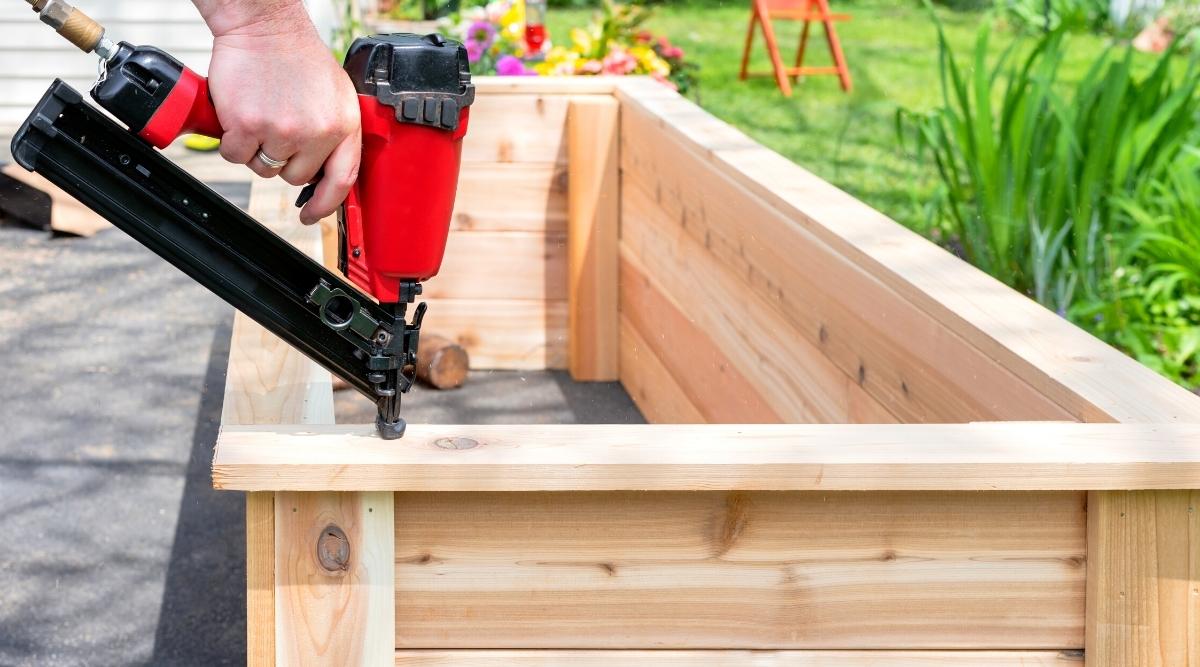
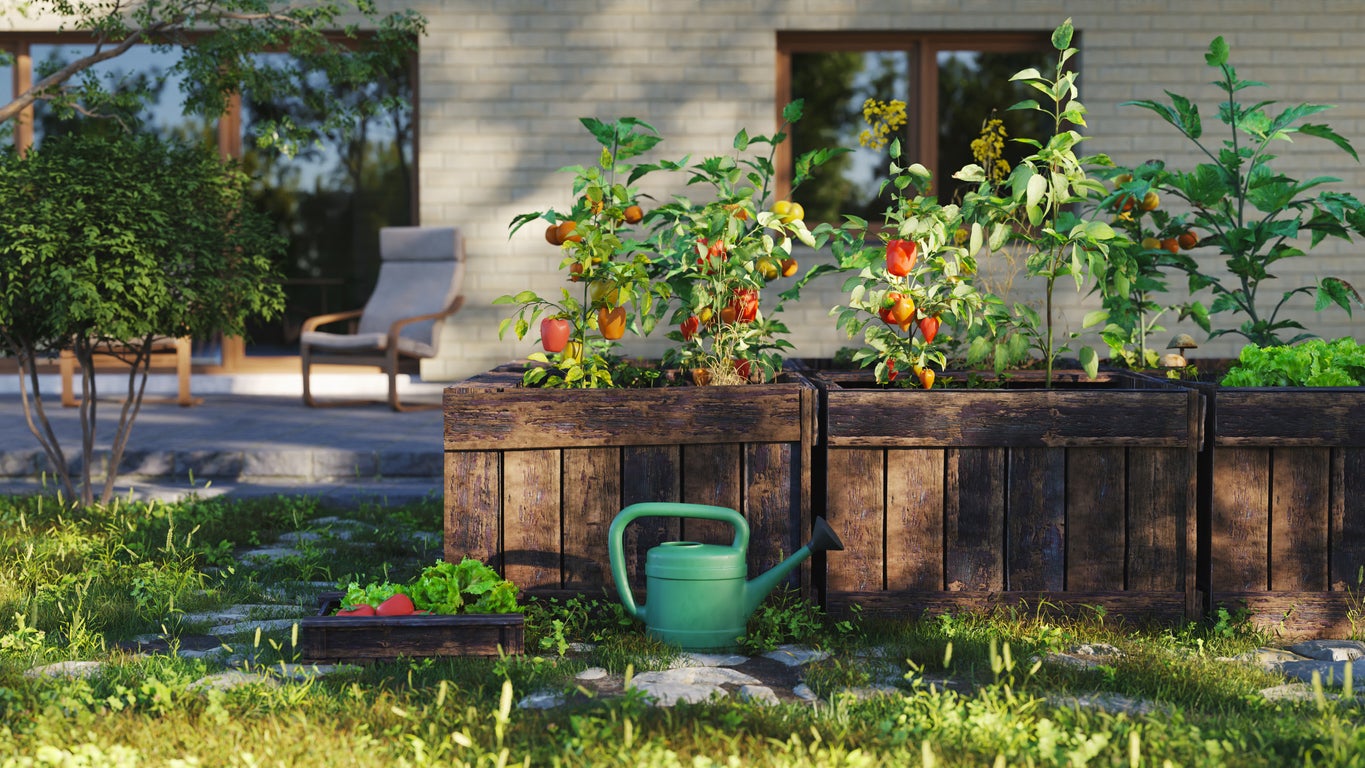
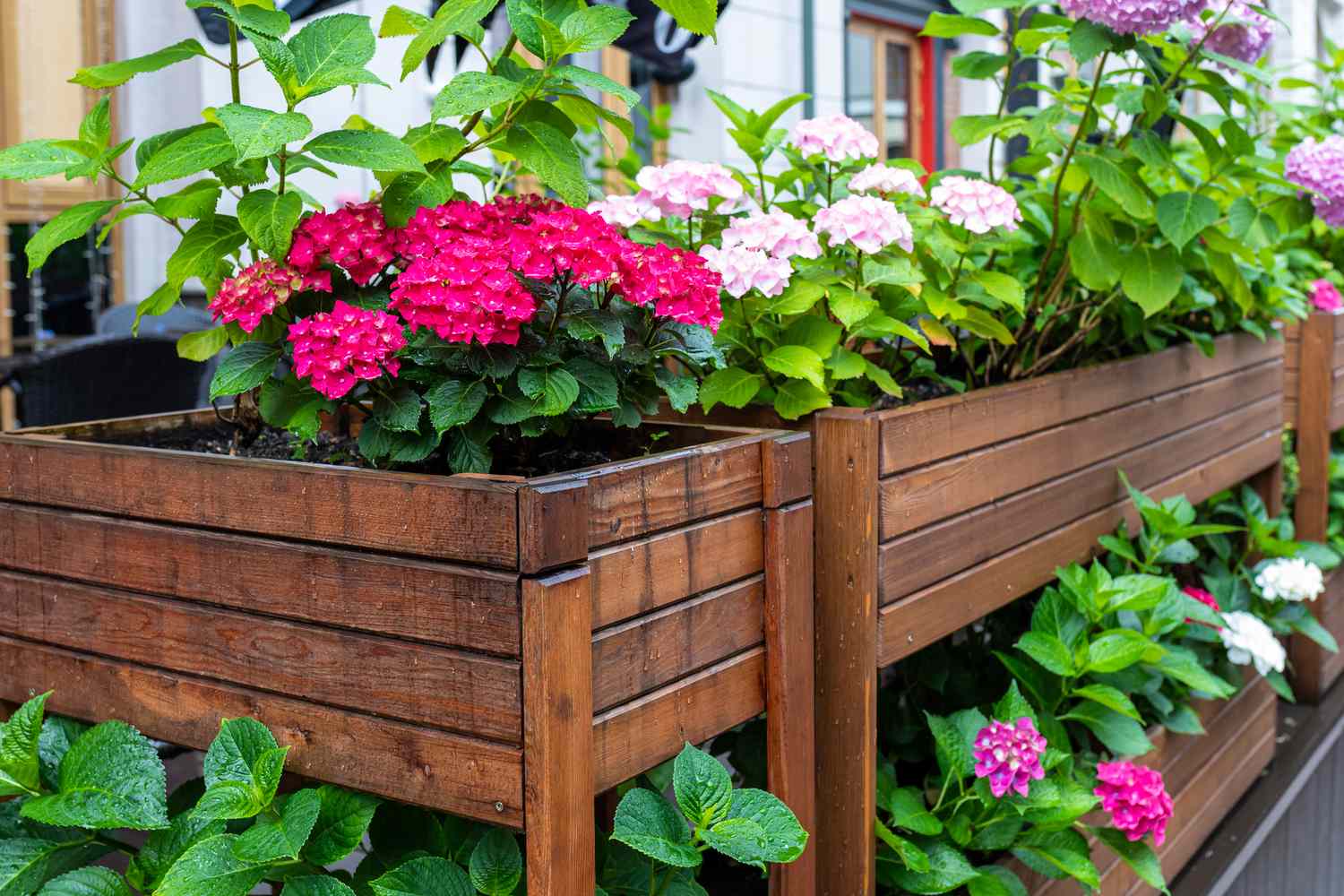

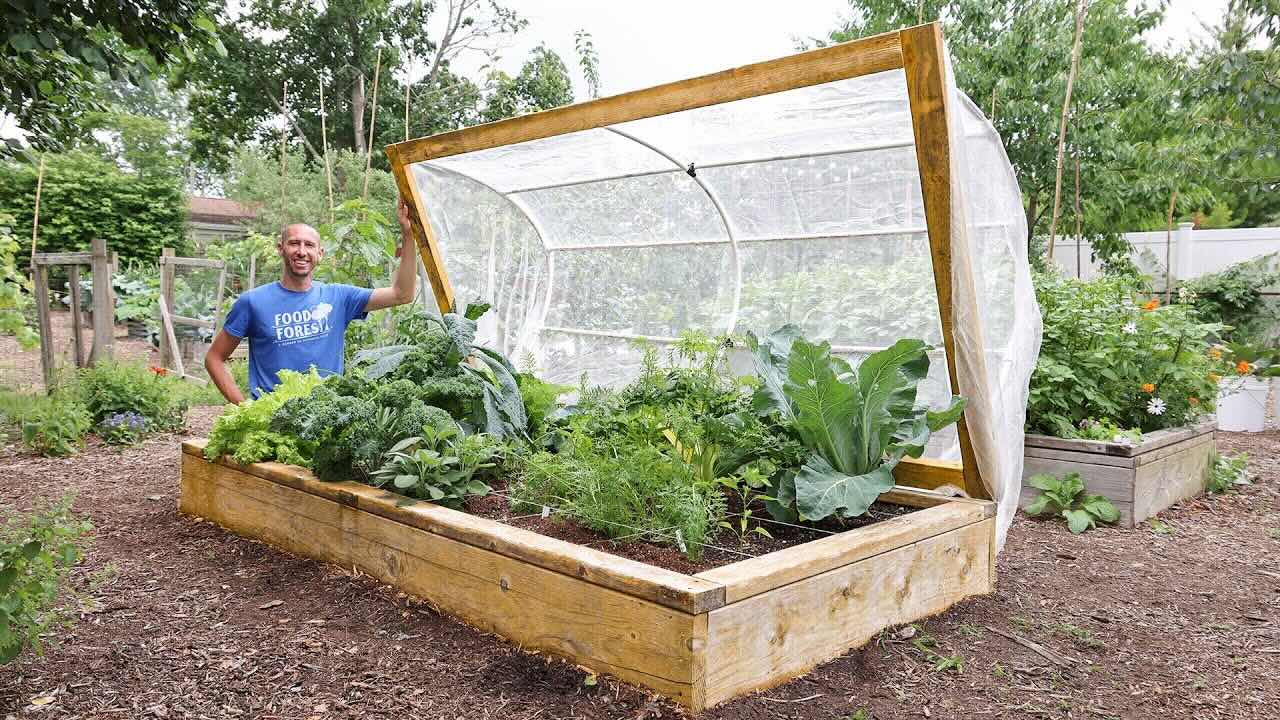
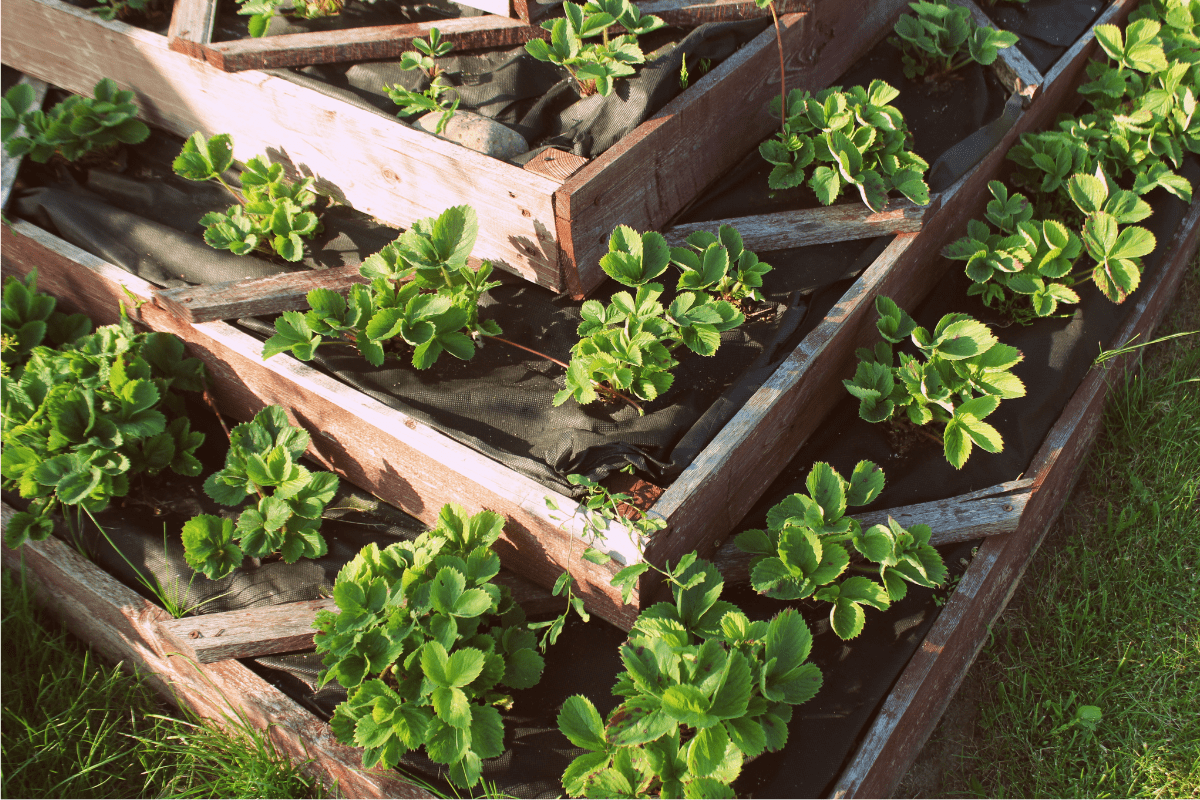
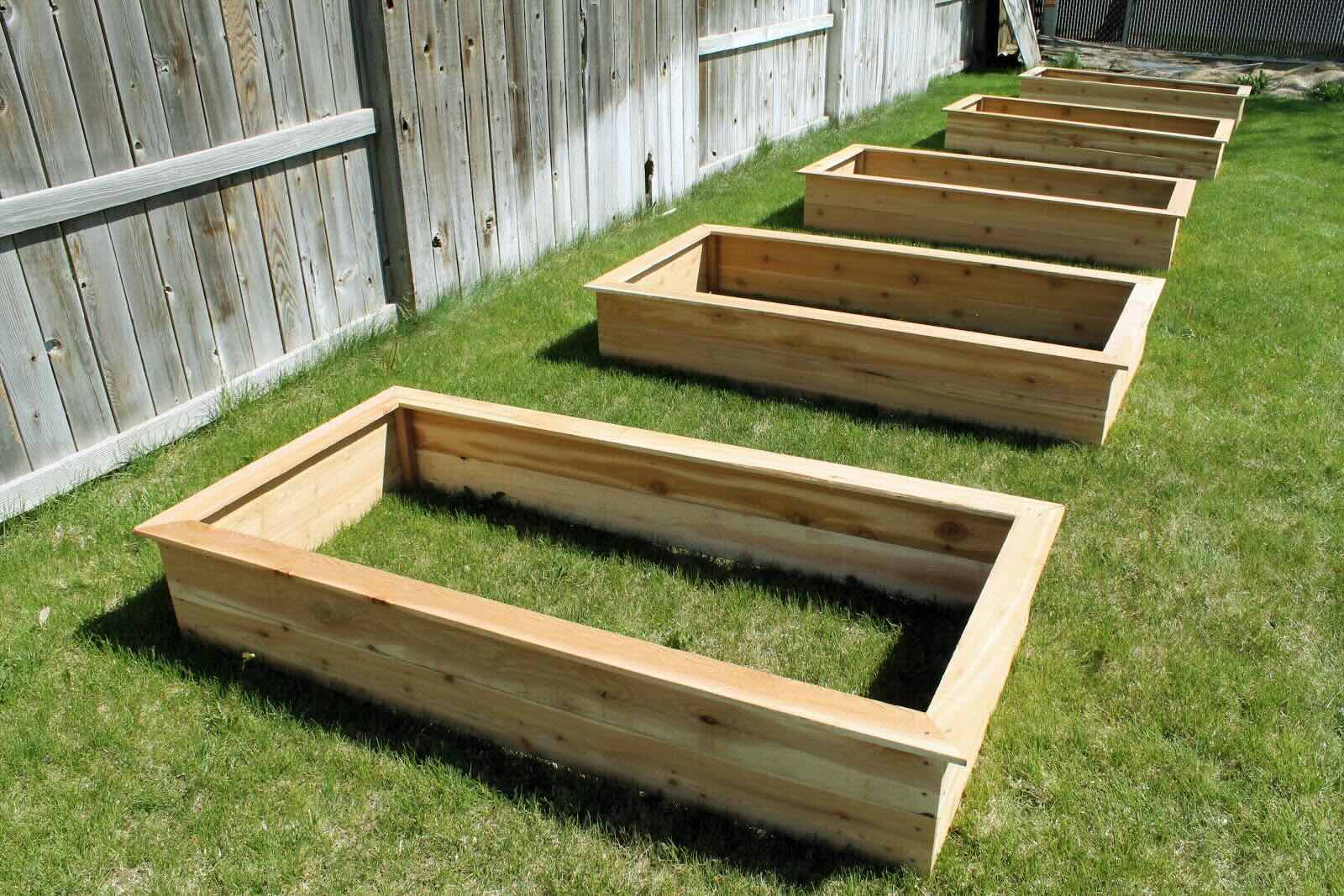
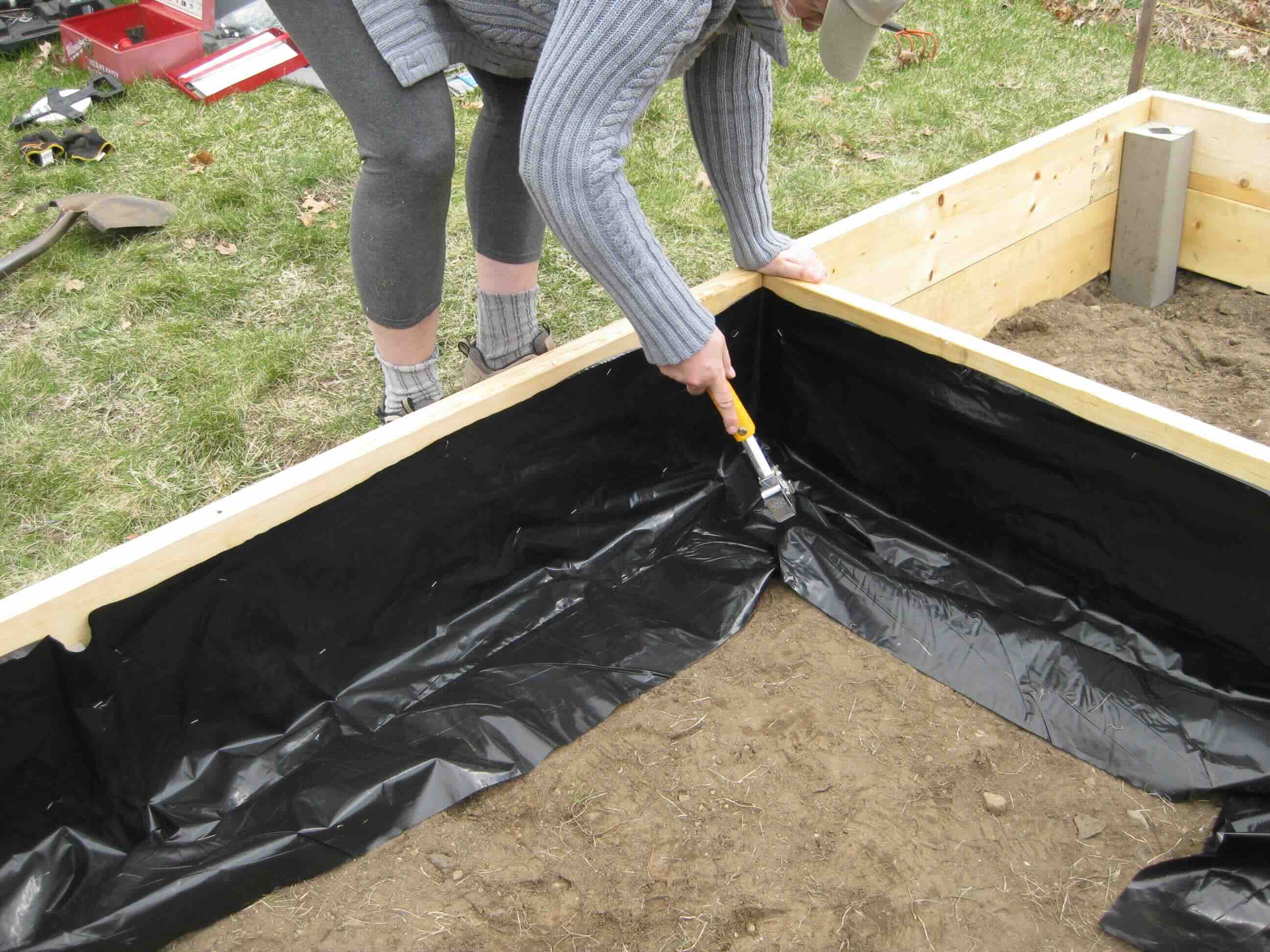
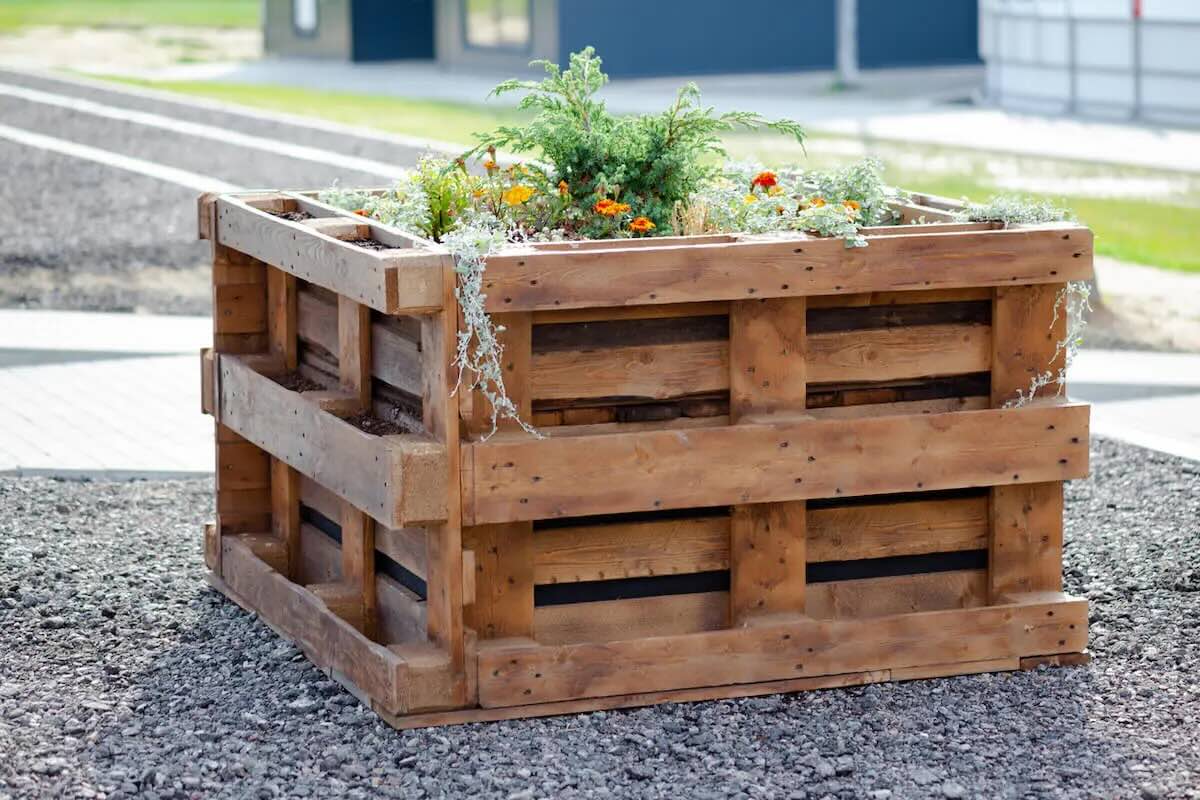
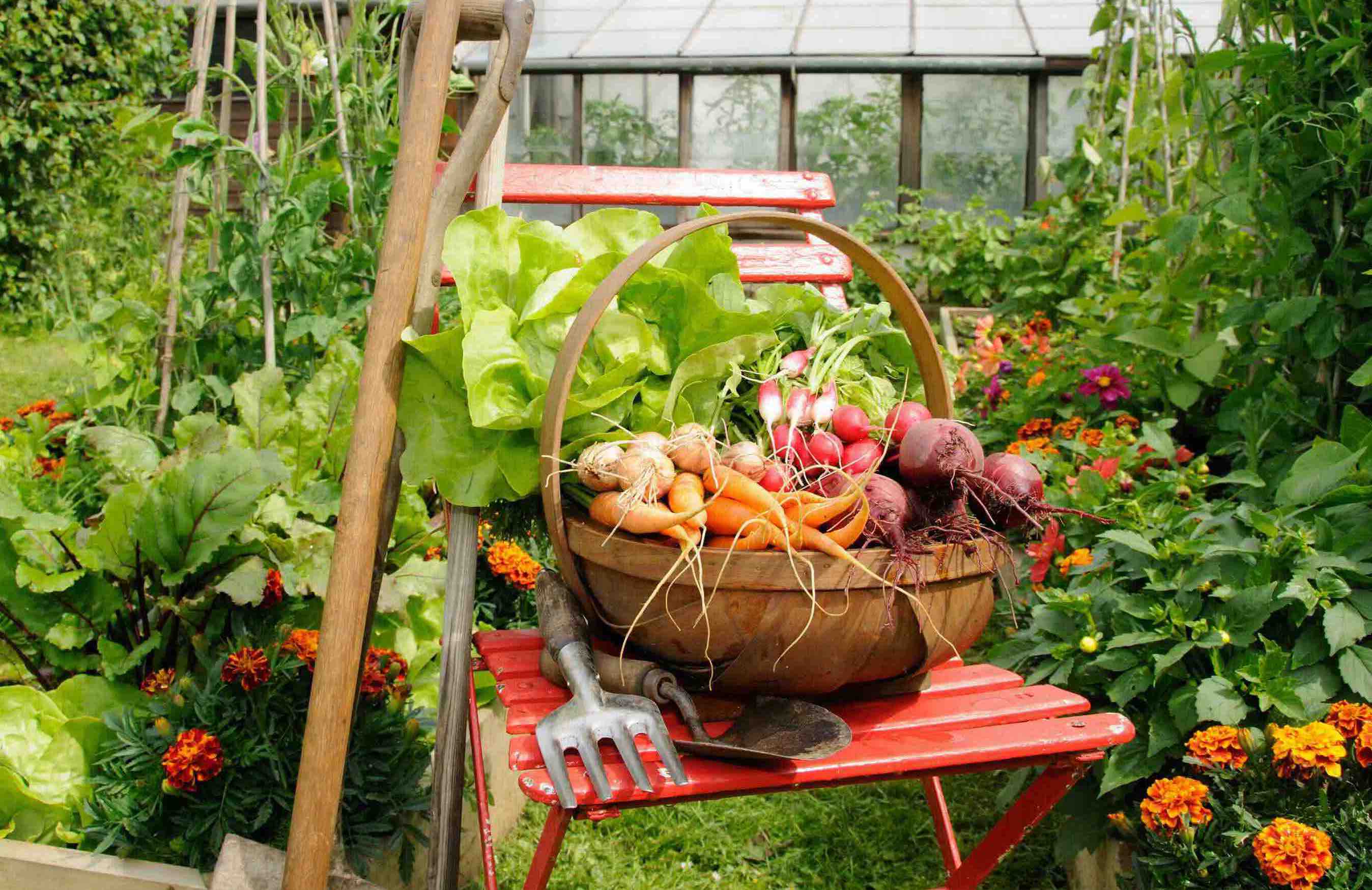
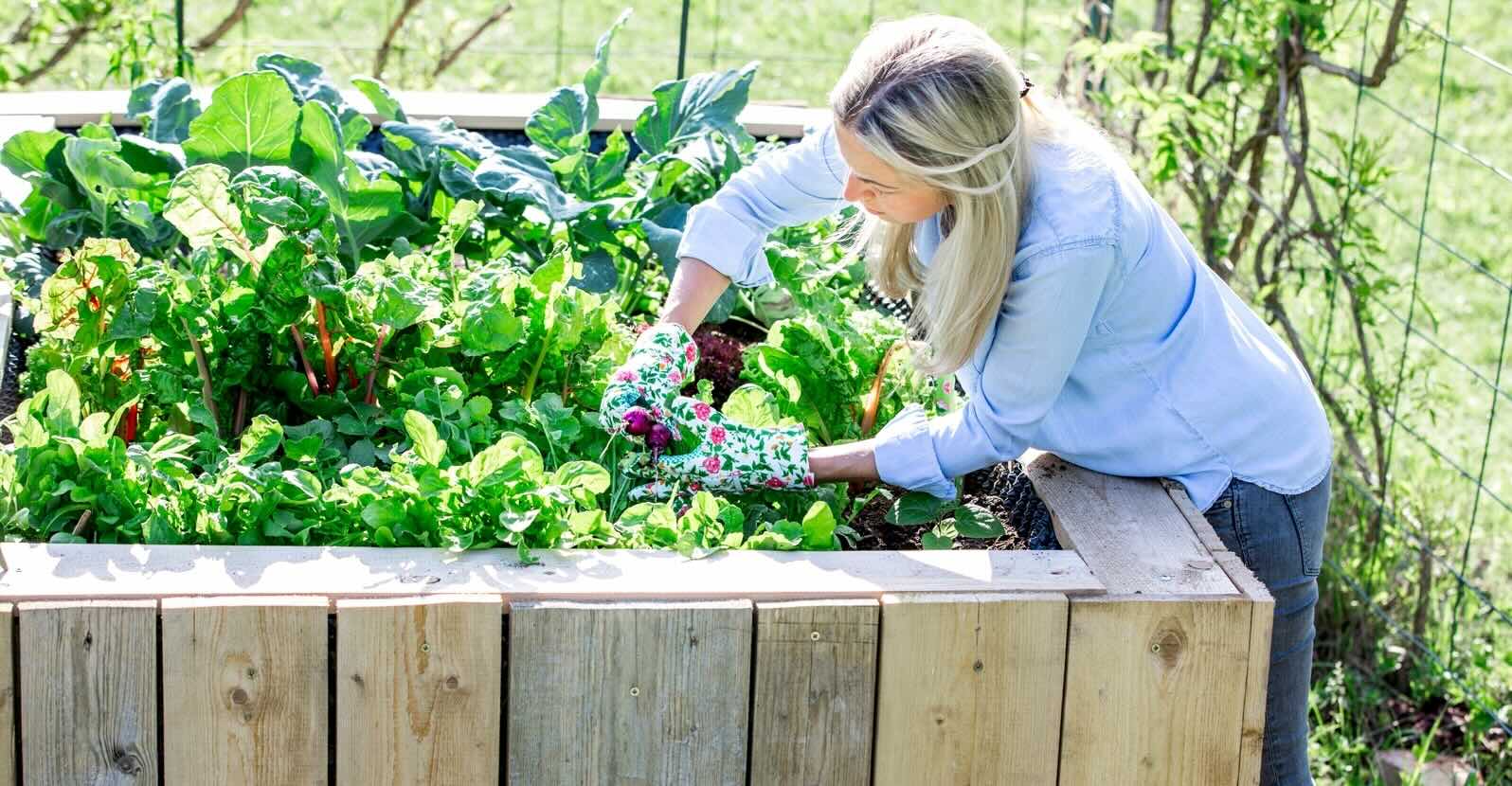

0 thoughts on “How Much Dirt In A Raised Garden Bed”